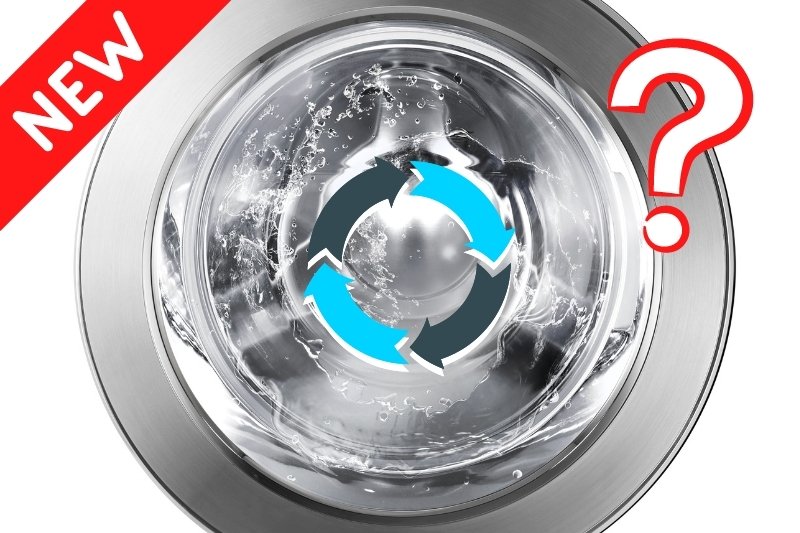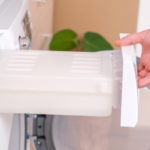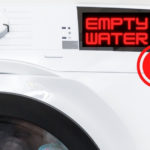If your brand-new washing machine has just arrived, you might be tempted to throw some towels in to test your new gadget out!
After all, it’s new, it looks clean, it smells fresh, what’s the harm?
The truth is, while your new appliance may look glorious, lurking inside there might be some leftover product that was used during the manufacturing process. If this isn’t flushed out from the off, you risk rubbing this dirt into your laundry.
Of course, it’s not as if there’ll be gallons of unwanted oil and grease in the machine, but there might be some waste left behind.
A long and hot cycle gets rid of all these unwanted extras for you, and it makes your machine safe and ready to wash clothes in.
In addition to this, running this first empty wash also allows you to check that the machine is working properly.
You can keep an eye out for loose parts, water dripping and you can listen out for any funny noises!
How to Run a New Washing Machine on Empty
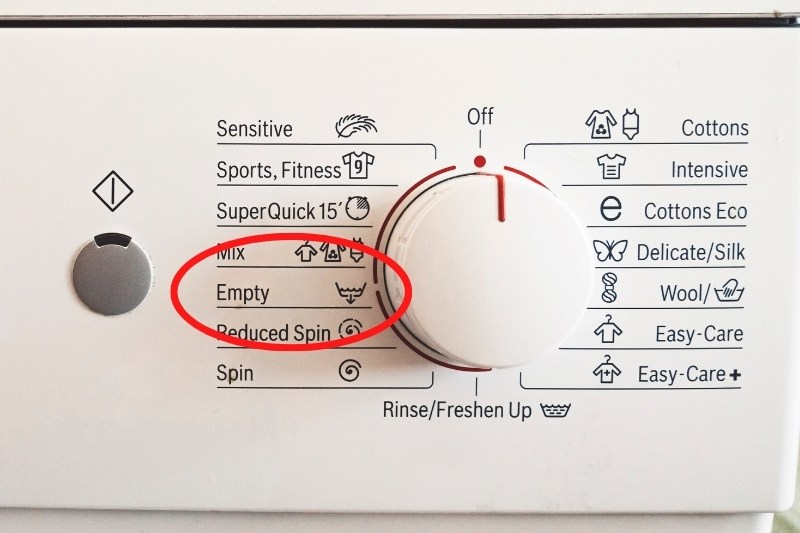
One of the very first things you should do before even thinking about using your washing machine is to make sure that it is plumbed in, and set up correctly.
There are a few ways you can do this, you can get a professional in to help you with this matter, or you can read the user manual, watch YouTube videos, and do the work yourself.
If you plan on trying to set up your own washing machine, you should follow exactly what it says in the manual and not skip any sections out, even if you’ve done the job before.
Once everything is plumbed in and set up correctly, you can power up the washing machine. It’s worth consulting the user handbook again just to get a handle on what all the buttons and dials mean.
If you’ve stuck with the same brand of washing machine, you might find the new information overlaps with what you already know, but even so, don’t assume that the machines will work exactly the same.
The handbook may also advise you on what type of empty wash you need to run, and if you need to complete any additional steps during the very first cycle.
For example, when you run a first wash on some models you need to pour water into the machine before you click start, and other models may tell you what product to add when completing an initial wash.
If the manual doesn’t have instructions on running an empty cycle, choose the hottest temperature on your washing machine, and run a long cycle. You don’t need to add detergent or any kind of cleaning product because the hot water will eradicate the dirt for you.
Once this cycle has finished, all the unwanted grime will be gone, and you can start using the washing machine as you would usually.
Is It Absolutely Essential to Run an Empty Cycle First?
Yes, it is highly recommended to run an empty cycle when using a new washing machine for the first time.
Running an empty cycle is the equivalent of you washing some new cutlery and glasses you bought at the shop before using them at dinner time.
You wouldn’t think of drinking out of a brand-new glass without washing it first, and you certainly wouldn’t use cutlery that’s been sitting unwashed in a shop for goodness knows how long.
It’s the same principle with a washing machine. You must run an empty cycle to clean it, and to keep your clothes and yourself safe.
What Else Should You Do When You Get a New Washing Machine?
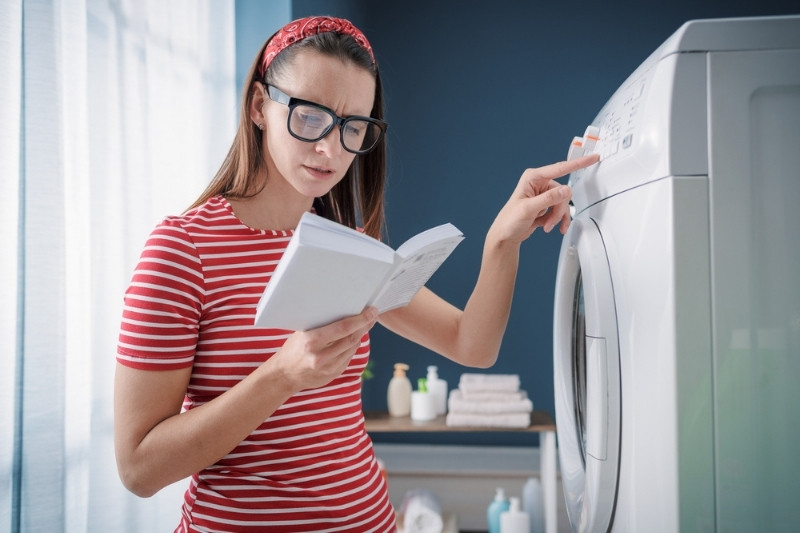
Here’s a brief overview of what you need to be doing when your new washing machine arrives:
- Inspect the box for damage.
- Give the appliance a look over – check for dents and scratches – they will tell you what happened during production and transportation.
- Read the user manual.
- Plumb and set up the appliance correctly.
- Look for any issues when the initial empty cycle is being run – leaks and noises.
- Register your warranty.
Will Running a Washing Machine Empty Damage It?
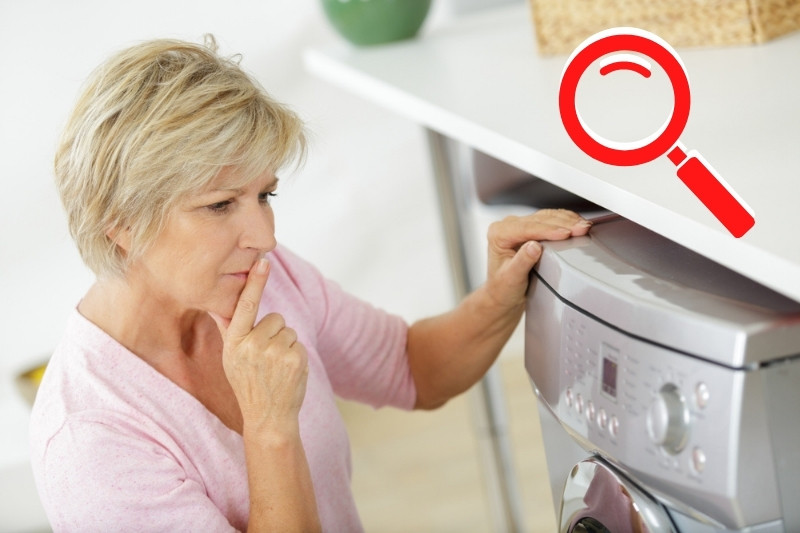
No, running a washing machine on empty will not damage it.
You should always run a washing machine on empty before you officially start cleaning laundry in it. Users are often advised by manufacturers to do this as it’ll clean out any leftover dirt.
Additionally, one you’ve started using your washing machine properly, running an empty cycle now and again will help to maintain the appliance.
By running hot and laundry-free cycles you will clean away any nasty bacteria from the drum, pipes and seals, and you will also clear out any detergent blockages.
Completing such a simple exercise will not only expand your appliance’s lifespan, but the machine will be cleaner, thus making your laundry cleaner too.
On the topic of cleaning out your new appliance, once you’re really in the swing of using your washing machine, you will need to maintain the entire machine.
You can ensure your washing machine is spotless by following our guide on how to clean a washing machine.

Bethan has a passion for exploring, reading, cooking and gardening! When she’s not creating culinary delights for her family, she’s concocting potions to keep her house clean!
